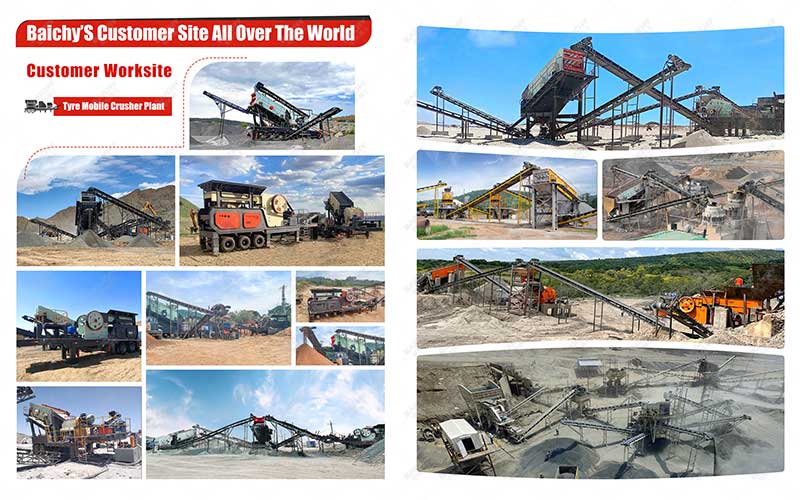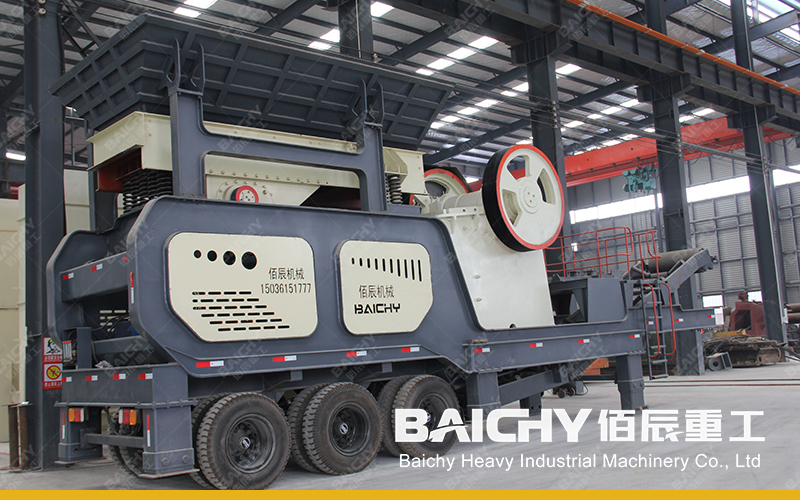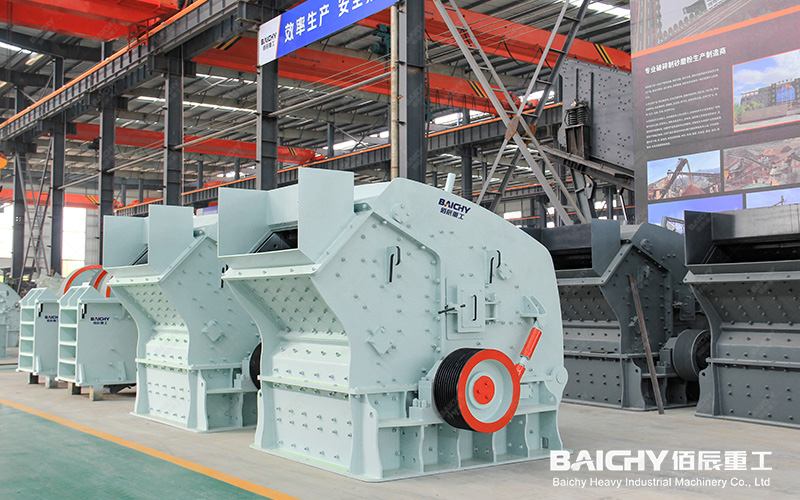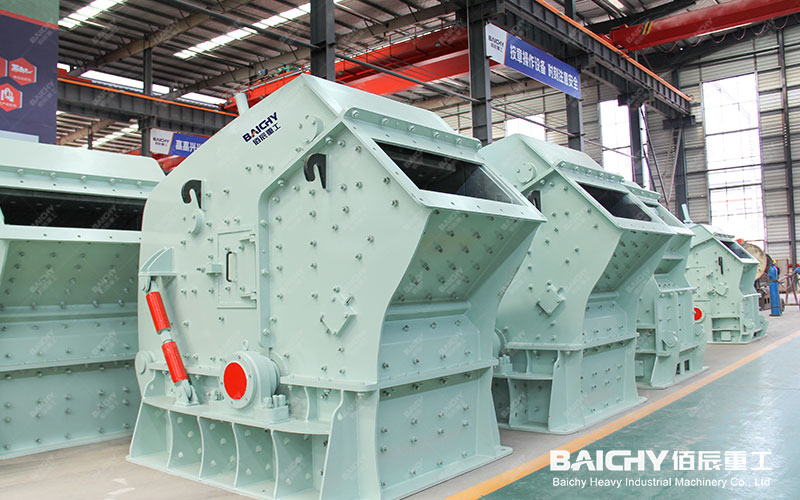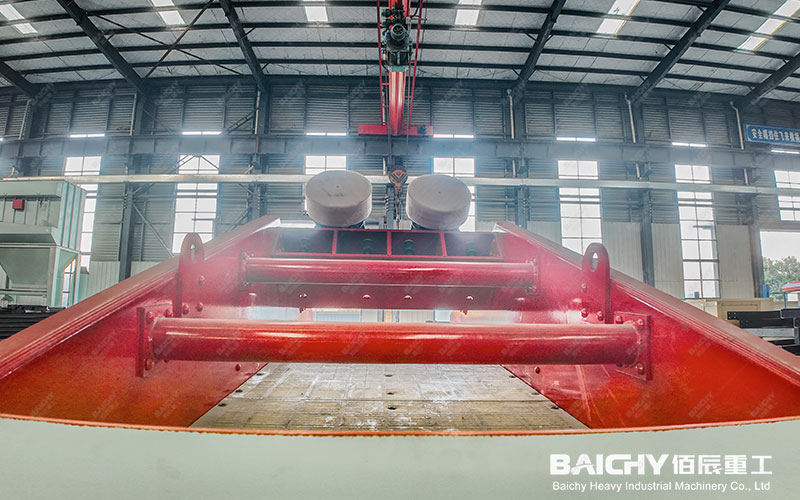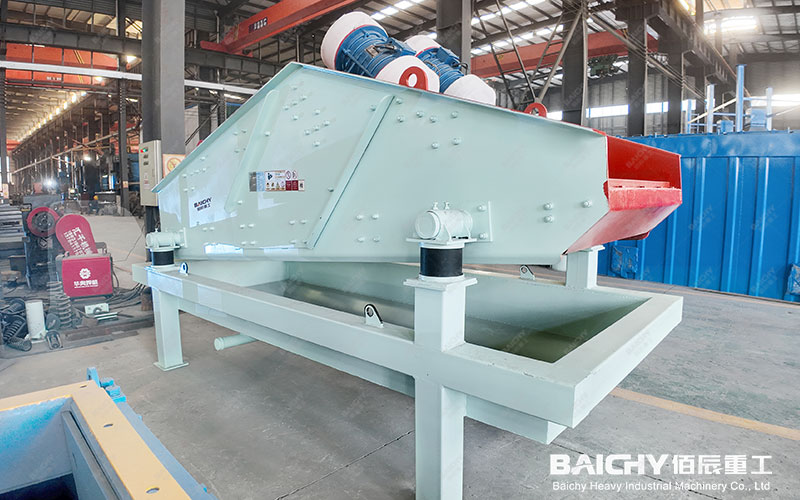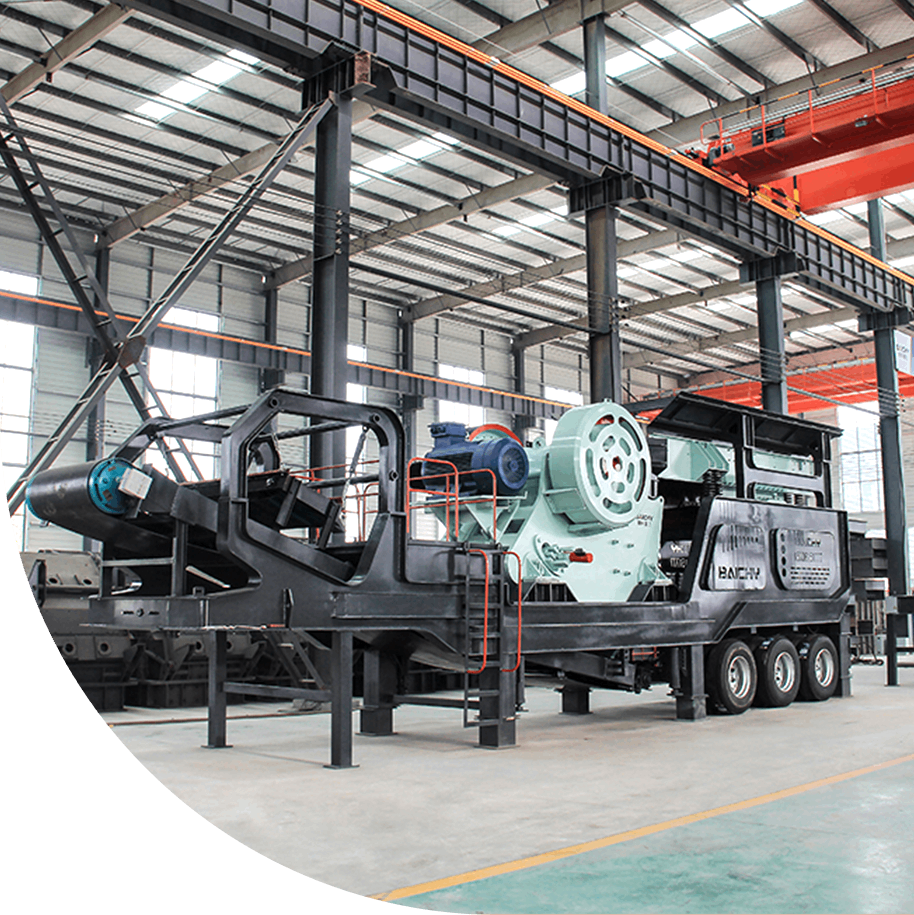1. Core Selection Factors: Ask Yourself These Questions First
Before making a selection, you must clarify the following five points:
1. Raw Material Characteristics (What do you need to crush?)
◦ Hardness and Abrasiveness: Is it hard granite or basalt, medium-hard limestone or dolomite, or soft gypsum? Hardness determines the wear and tear of the equipment's wear parts and power consumption.
◦ Moisture and Mud Content: Is the raw material very wet or muddy? This will influence whether to choose equipment with pre-screening or special structures to prevent clogging.
◦ Feed Size: How large are the largest pieces of rock?
◦ Natural Cleavage: Is the rock brittle and does it have natural cracks?
2. Capacity Requirements (How much material do you need to crush?)
◦ What is your desired output of tons per hour? This is key to determining the size of the equipment.
3. Finished Product Requirements (What kind of crushed material do you need?)
◦ Output Size: What is the desired final product size? (e.g., 0-5mm, 10-20mm, 30-60mm)
◦ Particle shape: Are there high requirements for the stone's particle shape? (e.g., high-grade asphalt pavement requires high-quality aggregate with low cubic and flaky content)
4. Production process (where is it used?)
◦ Primary crushing (head crushing): Processes large lumps of raw stone from the mine.
◦ Secondary crushing: Reprocesses the primary crushed material.
◦ Fine crushing: Produces small-sized aggregate or manufactured sand.
◦ Mobile or fixed crushing? Does the operation site change frequently? Fixed crushing offers low investment and high production capacity; mobile crushing offers flexible relocation and is suitable for short-term projects.
5. Investment budget and operating costs
◦ This includes initial equipment investment, power consumption, frequency and cost of replacement of wearing parts, and labor costs.
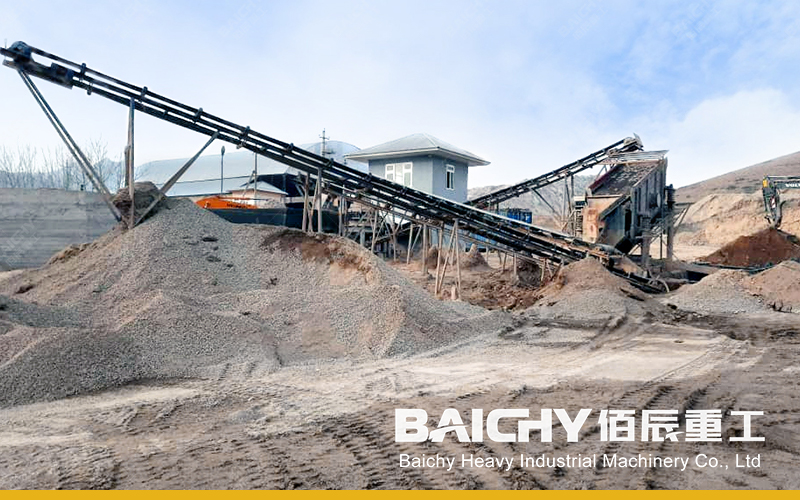
II. Mainstream Mining Crushing Equipment Types and Applications
Based on the crushing principle (extrusion, impact, splitting, or grinding), it is mainly pided into the following categories:
1. Jaw Crusher - The First Choice for Coarse Crushing
• Working Principle: Based on the bionic principle, the jaws move like an animal's, crushing materials through periodic compression between the movable and fixed jaws.
• Advantages:
◦ Simple structure, durable, and reliable operation.
◦ Suitable for extremely hard materials.
◦ Large feed opening, capable of absorbing very large stones (up to 1.5 meters in length).
• Disadvantages:
◦ Poor product shape, with a high content of needle-like and flake-like particles.
◦ Low crushing ratio (feed/discharge size ratio), typically used for the first stage of coarse crushing.
• Application: Primary crushing (primary crushing) in mines and quarries, the starting point of almost any crushing production line.
2. Cone Crusher - Expert in Medium and Fine Hard Rock Crushing
• Working Principle: Crushes materials through the rotation, squeezing, and bending between the moving and fixed cones.
• Advantages:
◦ High crushing efficiency, high output, and relatively low power consumption.
◦ Long service life of wearing parts (mortar wall and crushing wall), suitable for crushing hard, abrasive materials (such as granite and basalt).
◦ Smooth operation and low noise.
• Disadvantages:
◦ Complex structure, high price and maintenance requirements.
◦ Not suitable for crushing wet or sticky materials and prone to clogging.
◦ Product particle size is worse than that of a jaw crusher, but not as good as that of an impact crusher.
• Applications: Medium and fine crushing, especially in stationary production lines with high production capacity requirements and hard materials.
3. Impact Crusher - Master of Particle Shape
• Working Principle: A high-speed rotating rotor throws material against an impact plate, where it is crushed by the impact energy of "rock hitting rock" or "rock hitting iron."
• Advantages:
◦ Product has an excellent cubic shape, making it ideal for producing high-grade aggregates and manufactured sand.
◦ High crushing ratio, enabling efficient single-stage crushing.
• Disadvantages:
◦ Rapid wear of wearing parts (hammers and impact plates), making it unsuitable for crushing highly abrasive materials.
◦ Relatively high energy consumption, resulting in a high level of powdery material.
• Applications:
◦ Vertical shaft impact crusher (sand maker): Currently the best artificial sand making equipment.
◦ Impact crusher: Suitable for medium and fine crushing of medium-hard and lower-hard materials (such as limestone), where high particle shape requirements are required. 4. Heavy Hammer Crusher - A Powerful One-Step Crusher
• Working Principle: This crusher can be considered a combination of a jaw crusher and an impact crusher. It uses the high-speed rotation of a heavy hammer to crush large materials to the desired particle size in one go.
• Advantages:
◦ High crushing ratio, enabling "one-step crushing," simplifying the process and reducing investment costs.
◦ High output with low energy consumption.
• Disadvantages:
◦ Hammer wear causes the output particle size to coarsen, resulting in less stable product size than multi-stage crushing.
◦ Not suitable for crushing high-hardness materials.
• Applications: Single-stage crushing of medium-hard and lower-hardness materials (such as limestone and gangue). Widely used in small and medium-sized stone and cement plants.
III. Quick Selection Guide (Decision-Making Flowchart)
You can refer to the following guidelines to make your selection:
1. Determine the Hardness of the Raw Material
◦ High Hardness (granite, basalt, etc.):
▪ Primary Crushing → Jaw Crusher
▪ Medium and Fine Crushing → Cone Crusher
▪ Sand Making and Shaping → Vertical Shaft Impact Crusher (Sand Maker)
▪ This is the most classic and economical hard rock production line configuration.
◦ Medium to Low Hardness (limestone, bluestone, etc.):
▪ Option 1 (Pursuing Particle Shape and Flexibility): Jaw Crusher + Impact Crusher + Sand Maker
▪ Option 2 (Pursuing Low Investment Cost and Simple and Efficient Operation): Hammer Crusher (One-Shot Forming)
▪ If particle shape is not a priority, a hammer crusher is an extremely cost-effective option.
2. Determine Mobility Requirements
◦ Fixed Production Line: All of the above equipment can be built as fixed units, offering high capacity and low cost, making it suitable for long-term, large-scale production. Mobile crushing station: Integrates a jaw crusher, cone crusher, impact crusher, or screener onto a single vehicle-mounted chassis.
▪ Advantages: Flexible relocation, self-powered, and can be driven to the work surface, reducing transportation costs.
▪ Applicable scenarios: Urban construction waste recycling, quarries, and short-term engineering projects.
Summary
| Equipment Type | Optimal Crushing Stage | Applicable Material Hardness | Product Particle Shape | Key Advantages |
| Jaw Crusher | Coarse Crushing | All Hardnesses | General | High material throughput, sturdy structure, preferred for coarse crushing |
| Cone Crusher | Medium and Fine Crushing | High Hardness | Good | Wear-resistant, high output, low operating costs |
| Impact Crusher | Medium and Fine Crushing, Sand Making | Medium and Low Hardness | Excellent | Excellent particle shape, core equipment for sand making |
| Hammer Crusher | Primary Crushing | Medium and Low Hardness | Good | High crushing ratio, low investment, single-stage crushing |
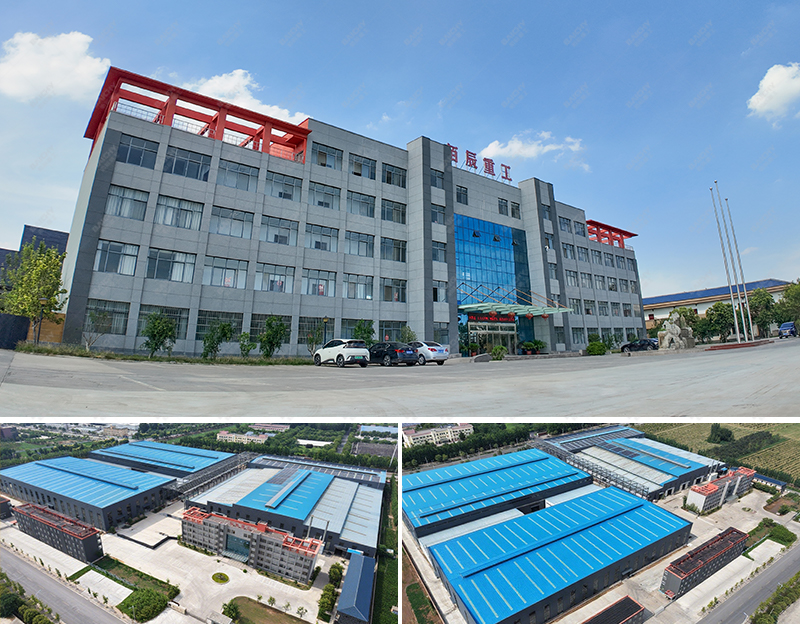
Baichy Heavy Industry – Your Trusted Partner for Seamless Equipment Operation
To ensure optimal performance of your equipment, Baichy Heavy Industry offers:
- Professional on-site installation guidance
- Comprehensive operator training
- 24/7 technical support & maintenance services
Our complete after-sales service system guarantees long-term, stable operation of your machinery with minimal downtime.
Protect Your Rights – Only Use Official Channels
To avoid scams and ensure authentic support, contact us exclusively through:
• Official Website: www.baichychina.com
• WhatsApp: +8615093222637
• Email: [email protected]
Your satisfaction is our priority – expect prompt, professional service every time.
(Note: Beware of unauthorized third parties claiming to represent Baichy. Always verify through official contacts.)
